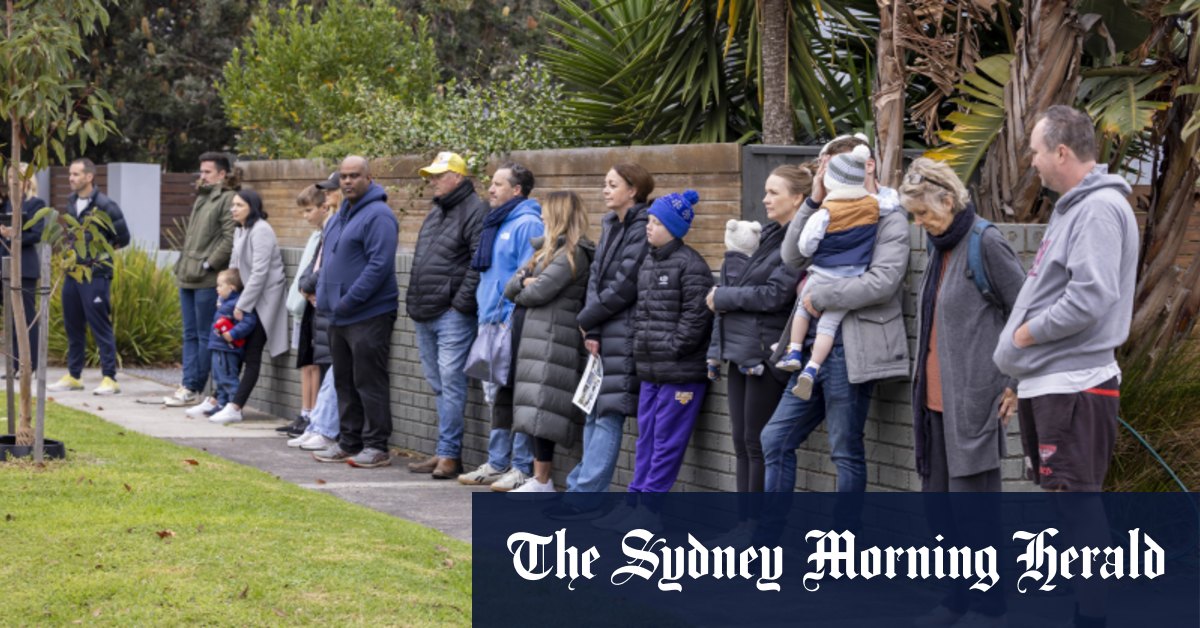“New housing supply only adds to the existing housing stock a bit at a time, so it will take a long time for new housing supply to have any positive impact on affordability. The majority of our housing stock is made up of established dwellings,” she said.
“So while we can concern ourselves with building new houses, we should at the same time try to see how we can make better use of our established dwelling stock … providing greater incentives for ‘empty nesters’ to downsize if they have spare bedrooms, [and] dealing with the negative impacts of short-term rentals, [for example] Airbnb, on the supply of long-term rental stock.
In terms of housing supply, Australia has failed to keep pace with international peers and the OECD average.Credit: Wayne Taylor
“Of course, the usual supply-side solutions apply – unblocking capacity constraints in the sector, government building more social housing for low-income households, reforming the planning to better support delivery of a mix of new builds.”
Economist Saul Eslake said while Australia’s demographic make-up did differ from many of the countries in the OECD, it was similar to Canada — yet it had increased housing supply at a greater rate between 2011 and 2022.
“Canada is having bigger problems with the rate of migration than we are,” Eslake said. “It’s helpful to compare with others as one way of working out how we’re doing and to ask, ‘Could we be doing any better?’”
Loading
HSBC chief economist Paul Bloxham said while it was clear from high rents and rising house prices that housing was in short supply, Australians’ desire for larger, detached houses was the more likely reason for our comparatively low number of dwellings per person than in other countries.
“For any given amount of demand for the housing in those [major Australian] cities, we’ve got less supply of well-positioned housing because we have a preference for having detached dwellings laid out in suburbs rather than having lots of apartment buildings,” he said.
“By virtue of that choice, we do make house prices structurally higher, relative to incomes. If we were building more apartment buildings … that would help to offset that and make more affordable housing near our major cities.”
Eslake said it was only fair that young Australians still hoped to one day afford a relatively large home close to a city centre.
Loading
“You can’t blame today’s twenty- and thirty-somethings for wanting what their parents had.
“That said, younger people are more willing to live in apartments and compromise on an extra bathroom or a dining room … they are less willing to compromise on location.”
Tax reforms could encourage more retirees to downsize, freeing up established homes for younger people and families, said Eslake.
“Stamp duty is a huge obstacle for people who might consider downsizing.”
The Morning Edition newsletter is our guide to the day’s most important and interesting stories, analysis and insights. Sign up here.

